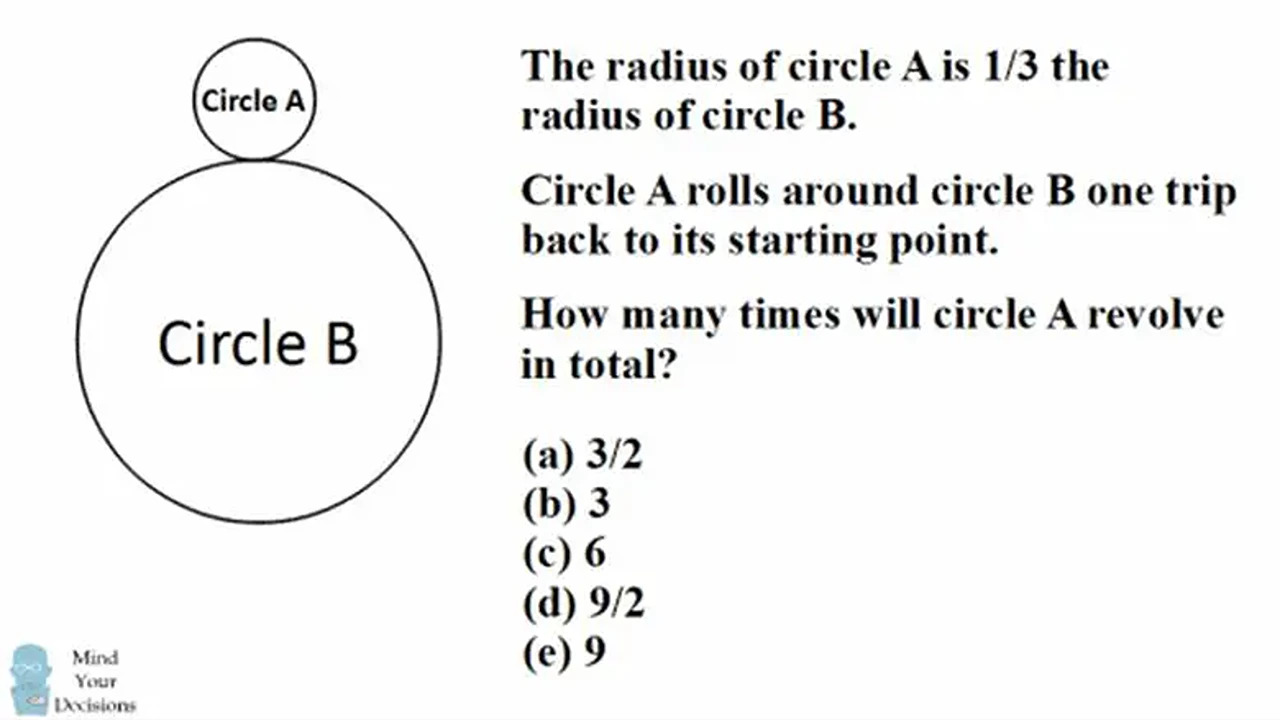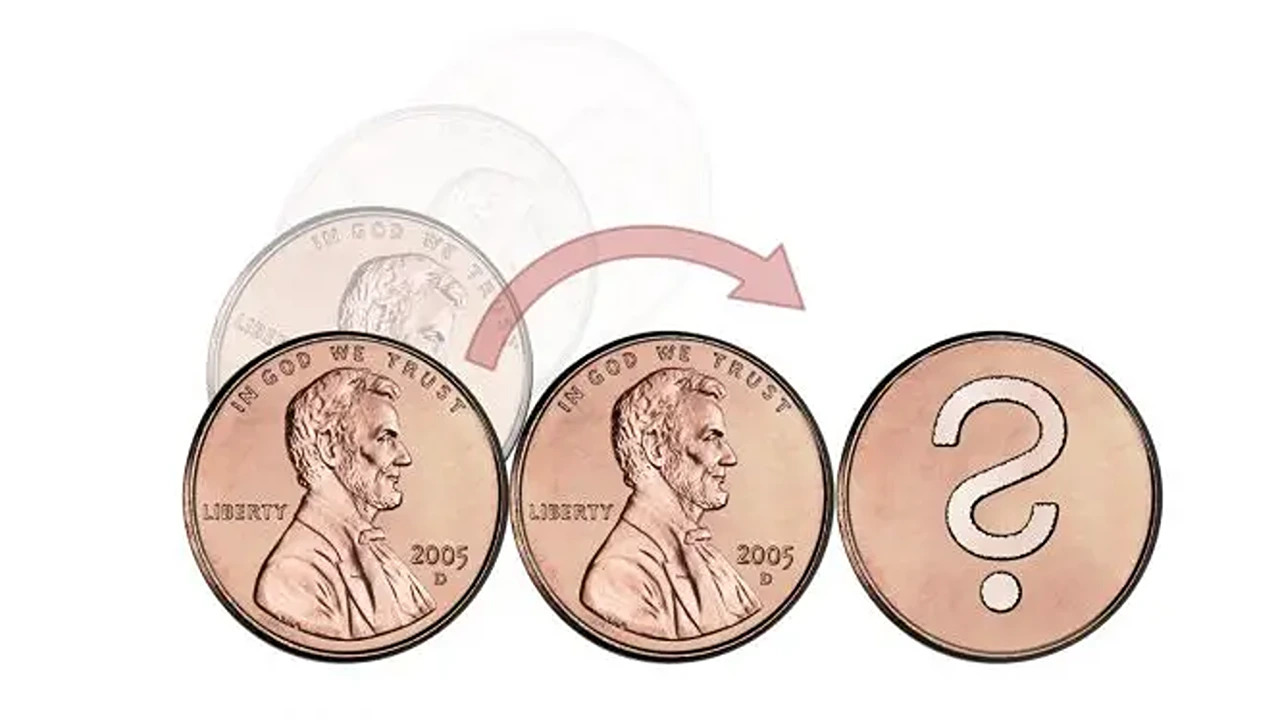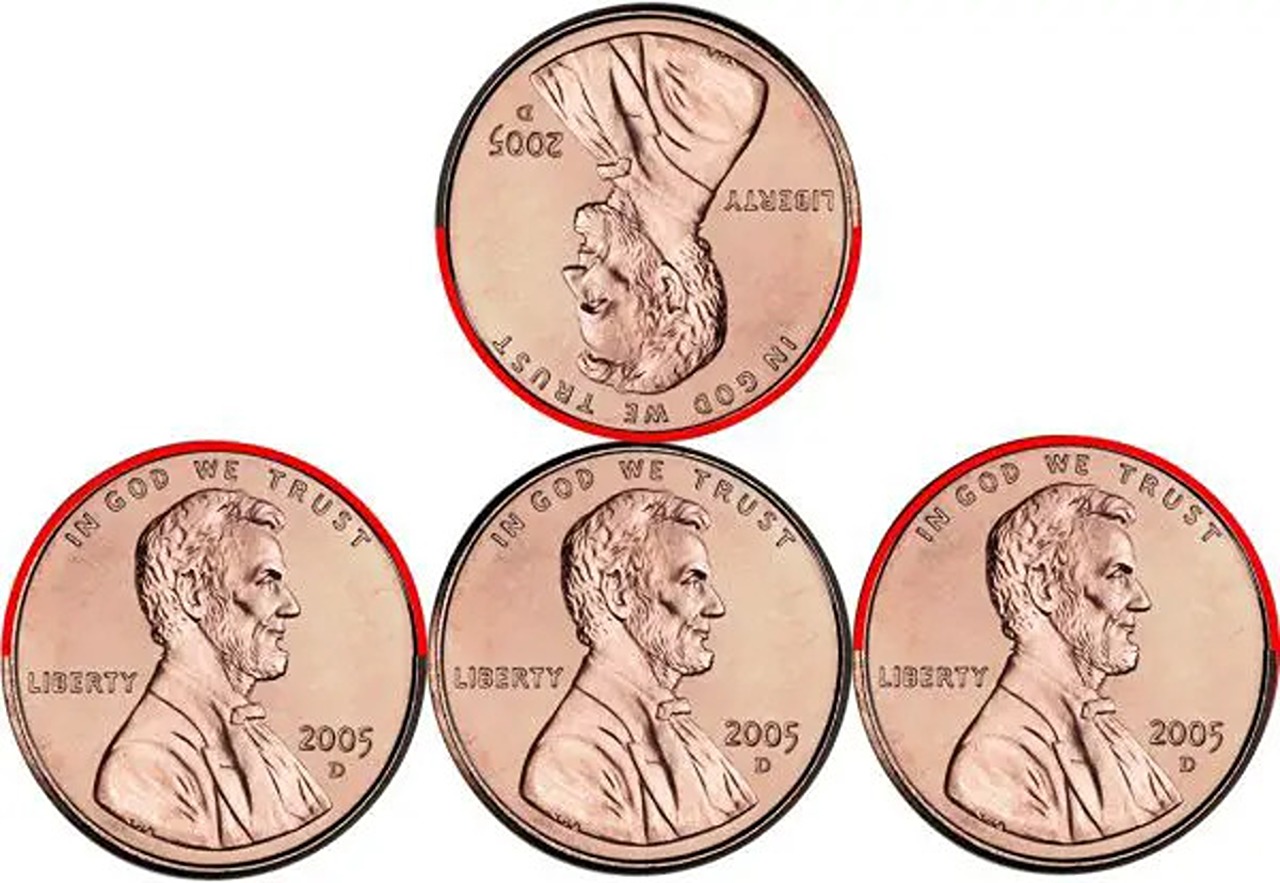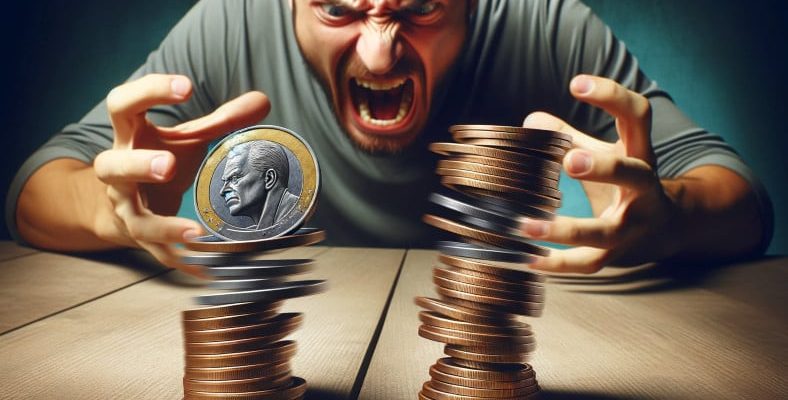Seemingly simple things, such as flipping a coin on the table, can actually reveal the interesting properties of our brain in perception. How Does?
In fact, we encounter this paradox every day, we just are not aware of it. Apparently practiced in America Scholastic Aptitude Test This was also overlooked in the (SAT) exam. Because when a question was asked about this paradox, even those who prepared the question gave the wrong answer!
When you want to flip a coin on a table, it seems very ordinary; but as the money spins, it suddenly appears as if it spins at two different speeds. In this situation, wecoin flip paradox” we say. Let’s go into detail, see if you give the wrong answer too.
This paradox is addressed in the SAT exam for university entrance in America.
This exam is an international exam valid for American citizens and foreign students. Candidates; They are evaluated in writing, verbally and mathematically.They are subjected to an exam designed with multiple choice questions.
A math question on this exam in 1982 It officially went down in history. This question was so difficult that no student could find the correct answer. Even those who prepared the question could not fully solve the question.
We seem to hear people wondering the question. Let’s show it now:

In the figure, the radius of circle A is the radius of circle B. It is 1/3 of it. Starting from the position shown in the figure, circle A revolves around circle B. it starts to roll and then returns to the starting point. For this How many revolutions in total does circle A have to go?
As in every exam, speed is important in this exam.

The answer to this question is up to you It may have looked like 3; As a result, if we assume that the radius of circle B is 3 times the radius of circle A, the circumference of B will be 3 times the circumference of A.
The process of opening the small circle and wrapping it around the larger one would occur exactly 3 times. When you look at it like this Even though the answer seems like 3 Unfortunately, you were also eliminated!
The interesting thing is that all the other options were wrong. The correct answer was 4 And that wasn’t even an option.
This interesting incident later “coin rotation paradox” It began to be called. Because the result of the problem expressed a paradoxical situation because it appeared counterintuitively. We see once again how important small details can be in such exams.
If we simplify the question a little…

Place two coins of the same size on the table. When the left coin is rotated around the middle coin in the direction of the arrow Does it turn one full turn or half a turn? If you’re too lazy to try, the answer will be one full tour. So the money is to get back to where it started two full turns He will have thrown it.
If we accept the radius of the coin as r, the distance taken by the center of the coin is 1/2×2πx2r=2πr It will happen. In this case, the coin must rotate around itself twice to complete one revolution around the center of the coin.
In the case of two circles rotating around each other, you must proportion the circumferences of the circles and add 1 to the result to find the number of revolutions of the circle in motion. This is where the error of the SAT question stemmed from.
In this case, when the right coin is rotated around the middle coin, the middle coin makes only one full rotation around itself. In other words, the coin rotated clockwise only makes one revolution around itself to return to its starting point. This is the result from the calculations made and solves the paradox.
For other math problems:
RELATED NEWS
The “Two Bucket Problem” That Only Those with Algorithmic Intelligence Can Solve
RELATED NEWS
Logic Question That Shows Whether You Are Above Average Intelligence Level: Table Tennis Problem
RELATED NEWS
